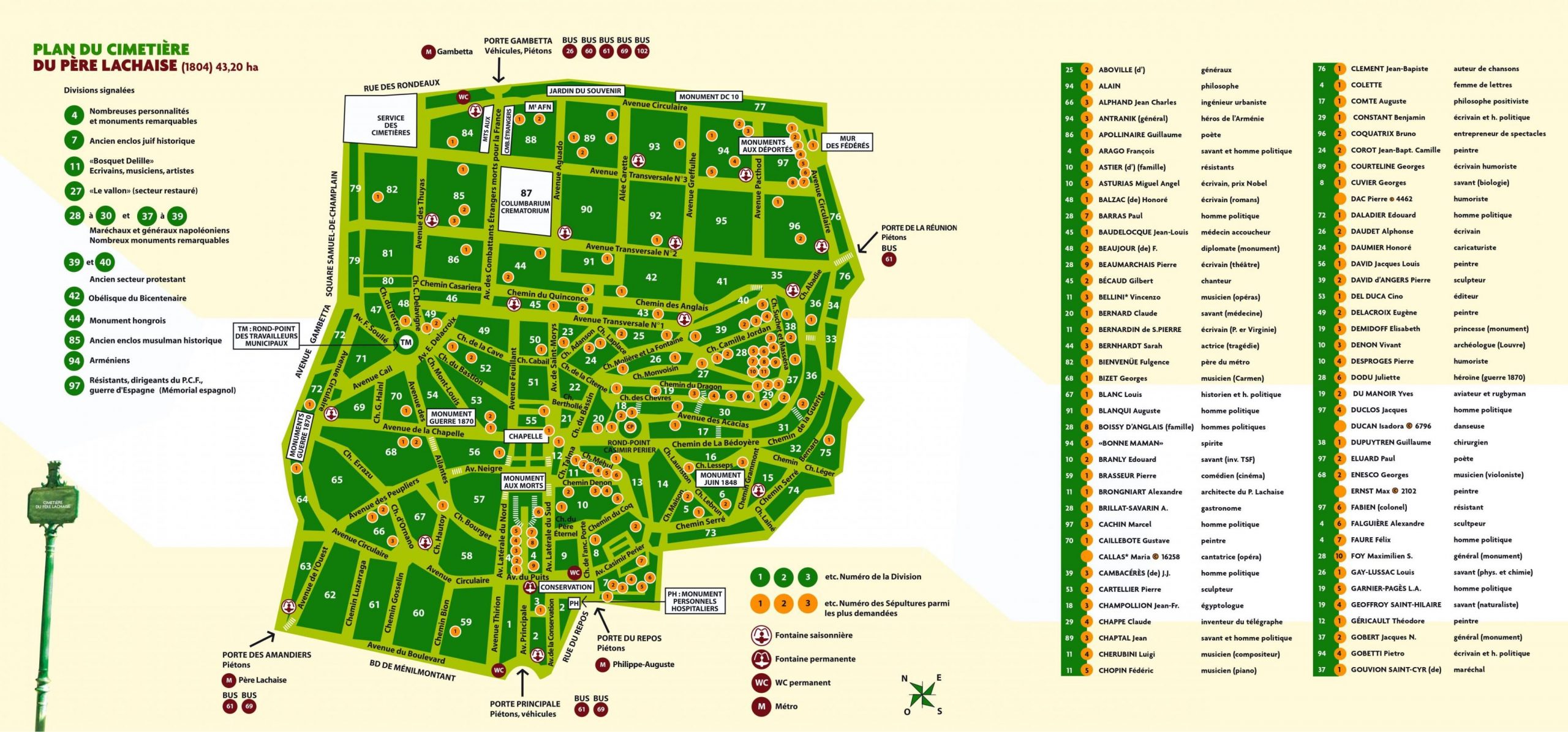Frank Alamo
Birth Name:
Jean-François Grandin
Birth Date:
October 12, 1941
Birth Place:
Paris, France
Death Date:
October 11, 2012
Place of Death:
Paris, France
Age:
70
Cause of Death:
Amyotrophic lateral sclerosis (ALS)
Cemetery Name:
Cimetière du Père Lachaise
Claim to Fame:
Music
Frank Alamo was a French singer who achieved his greatest success in the 1960s. With his boy-next-door image and plaintive voice, the yéyé singer Frank Alamo was an engaging "idole des jeunes" – teenage idol – and a constant presence in the French charts between 1963 and 1969. His hit records included "Biche ô ma Biche" ("Sweets for My Sweet"), "Je veux prendre ta main" ("I Want to Hold Your Hand"), and "Je me bats pour gagner" ("A Hard Day's Night"). In all, he released 30 singles over a five-year period in the early and mid-1960s, including some original songs. Alamo retired from the music business when he married in 1969, becoming a photographer and later a manager in the automobile industry. In 1983, he was chasing a beautiful blonde girl who was driving a funny car, she brought him to a factory and there Frank Alamo bought not a single car but the whole plant: the Dallas jeep company. He sold it in 1996 in order to give further singing performances however he never able to capture his original success. He died just one day before his 71st birthday.
Cemetery Information:
Final Resting Place:
Cimetière du Père Lachaise
16 Rue du Repos, 6ème division, Chemin Lesseps
Paris, , 75020
France
Europe
Map:

Cemetery map of Cimetière du Père Lachaise in Paris, France.
Grave Location:
Division 25, Avenue Transversale No. 1Grave Location Description
As you make your way through the cemetery, find Avenue Transversale No. 1 and the French actress Marie Trintignant is buried 3 graves from the intersection of Avenue Transversale No. 1 and Chemin Laplace just 2 graves away from the French singer Gilbert Bécaud in Division 45 on the road. Now look directly across the road and you will see the grave of French Singer Frank Alamo in Division 25.
Grave Location GPS
48.86105861217141, 2.3949111Visiting The Grave:
Photos:
[+]
[+]
[+]
[+]
[+]
[+]
[+]
[+]
[+]
[+]
[+]
[+]
[+]
FAQ's
Frank Alamo was born on October 12, 1941.
Frank Alamo was born in Paris, France.
Frank Alamo died on October 11, 2012.
Frank Alamo died in Paris, France.
Frank Alamo was 70.
The cause of death was Amyotrophic lateral sclerosis (ALS).
Frank Alamo's grave is in Cimetière du Père Lachaise
Read More About Frank Alamo:
Videos Featuring Frank Alamo:
See More:
Back to Top






